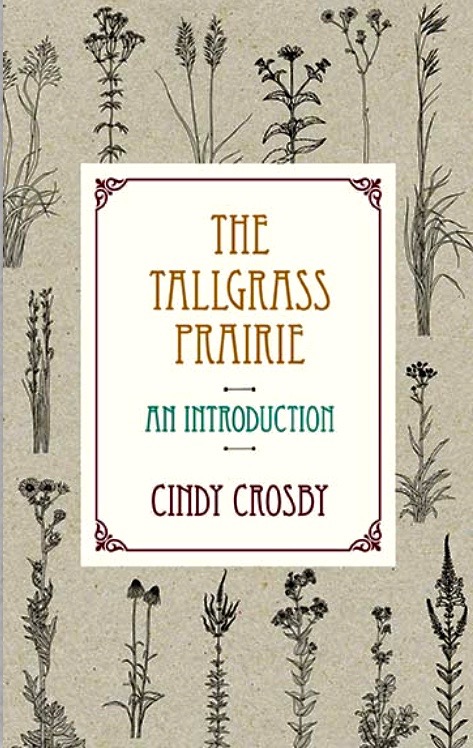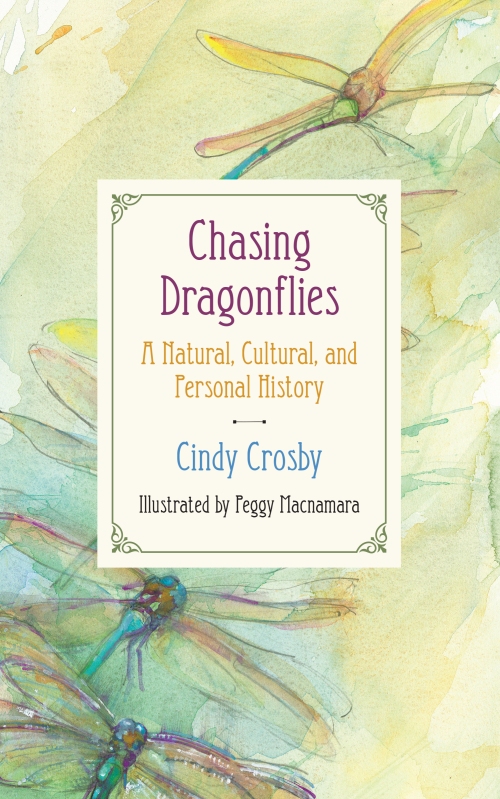“There is another alphabet, whispering from every leaf, singing from every river, shimmering from every sky.”–Dejan Stojanovic
*****
Do you know your August prairie ABC’s? Let’s go for a hike in the tallgrass together and take a look at a few.
A is for Ashy Sunflower, a harbinger of late summer.
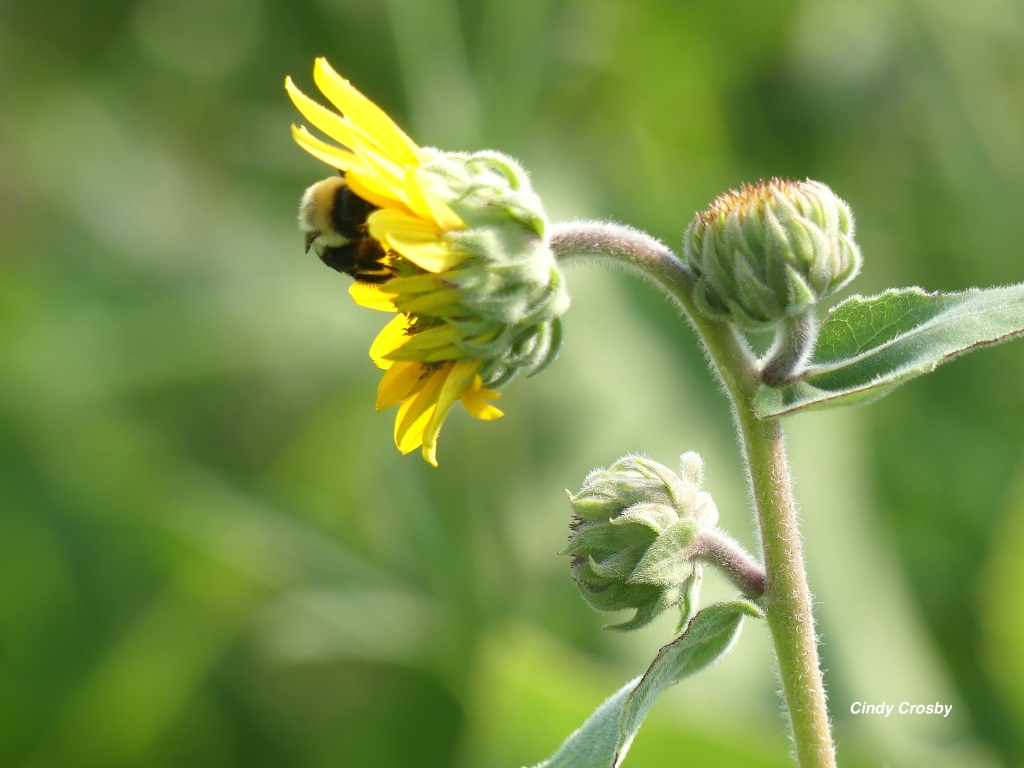
B is for Big Bluestem, Illinois’ state grass; Missouri’s as well.

C is for Tall Coreopsis, in full bloom at a prairie near you. Collecting seeds from this plant in October is an exercise in smelly hands. Such a pretty plant; such stinky seeds.
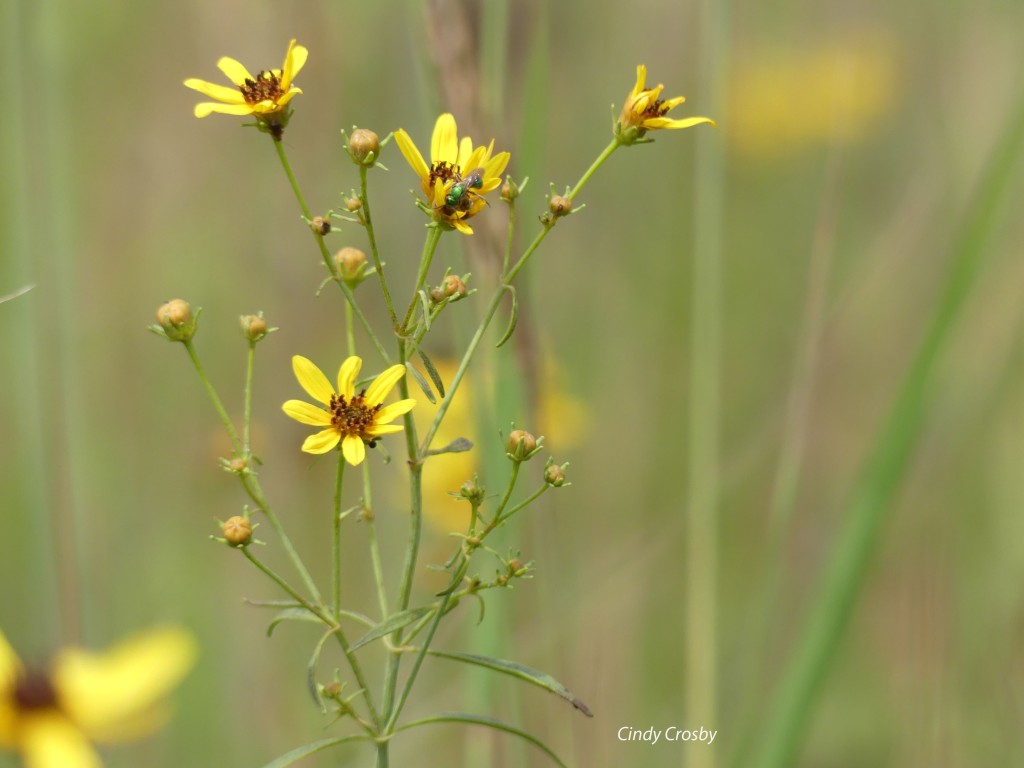
D is for Dragonfly, those glints of glowing color across the grasses.
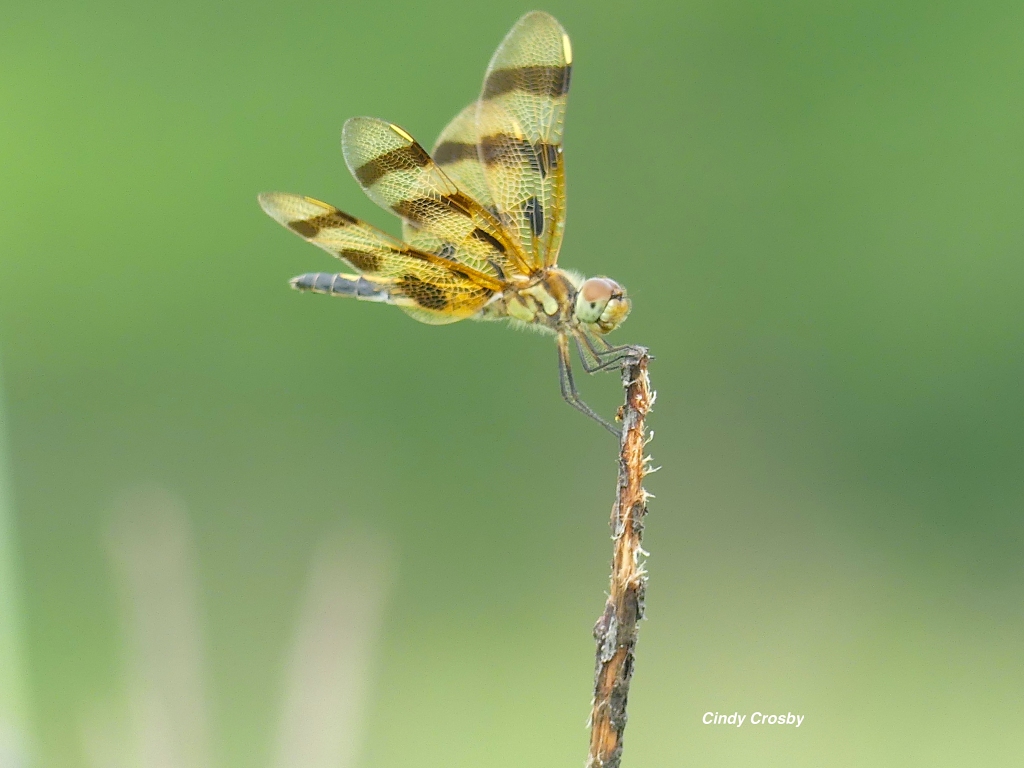
E is for Echinacea, the purple coneflower, attracting pollinators. Its sister plant, the pale purple coneflower, is more likely to be found on prairies in my area.
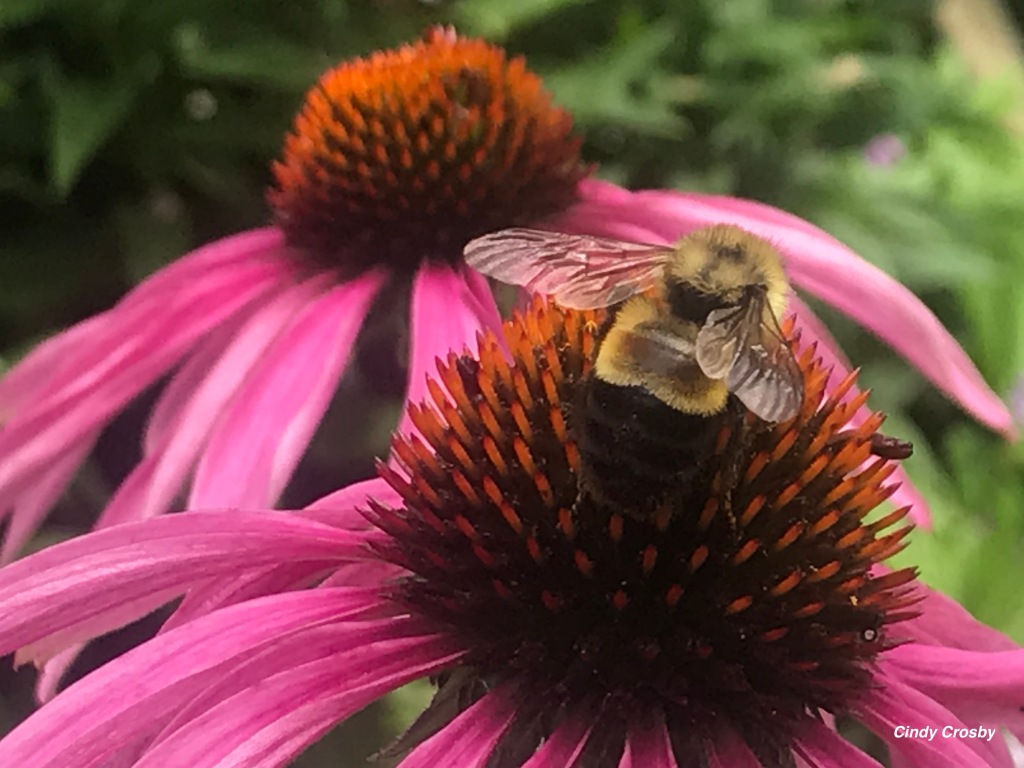
F is for Flowering Spurge, Euphorbia corollata, in the same genus as poinsettia.
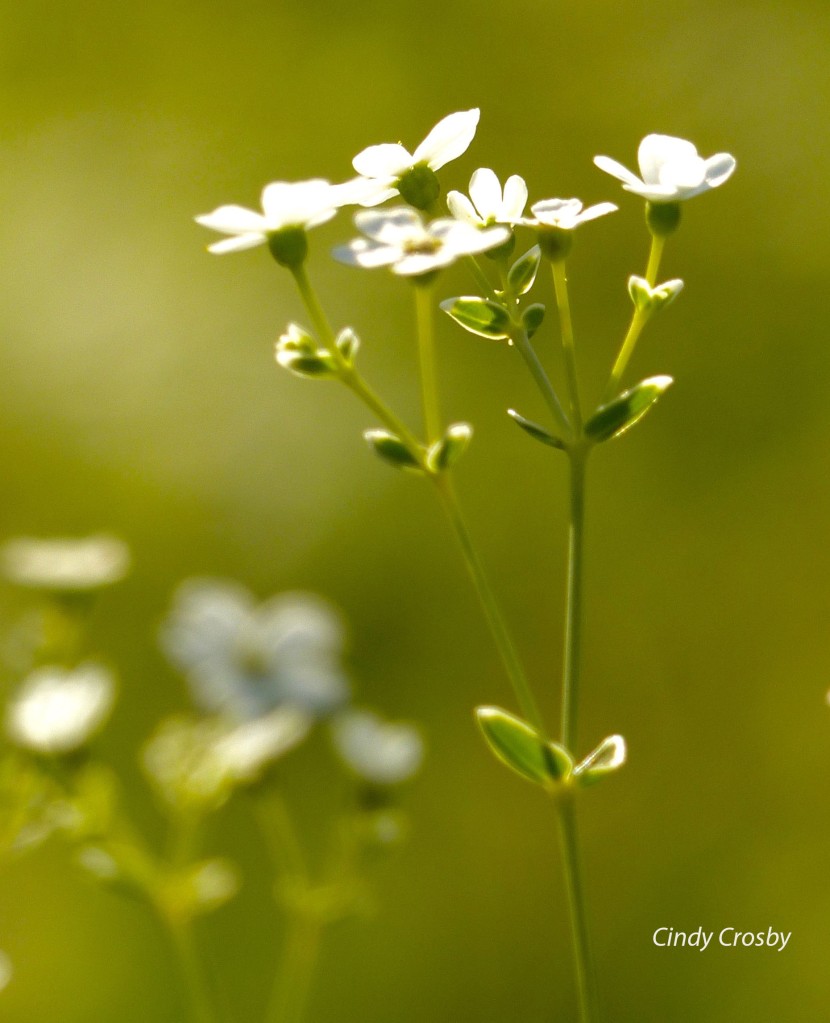
G is for Gaura, one of the few August pinks.

H is for Hawk, which spirals on thermals high overhead. Sometimes, a little reminder floats down into the tallgrass.
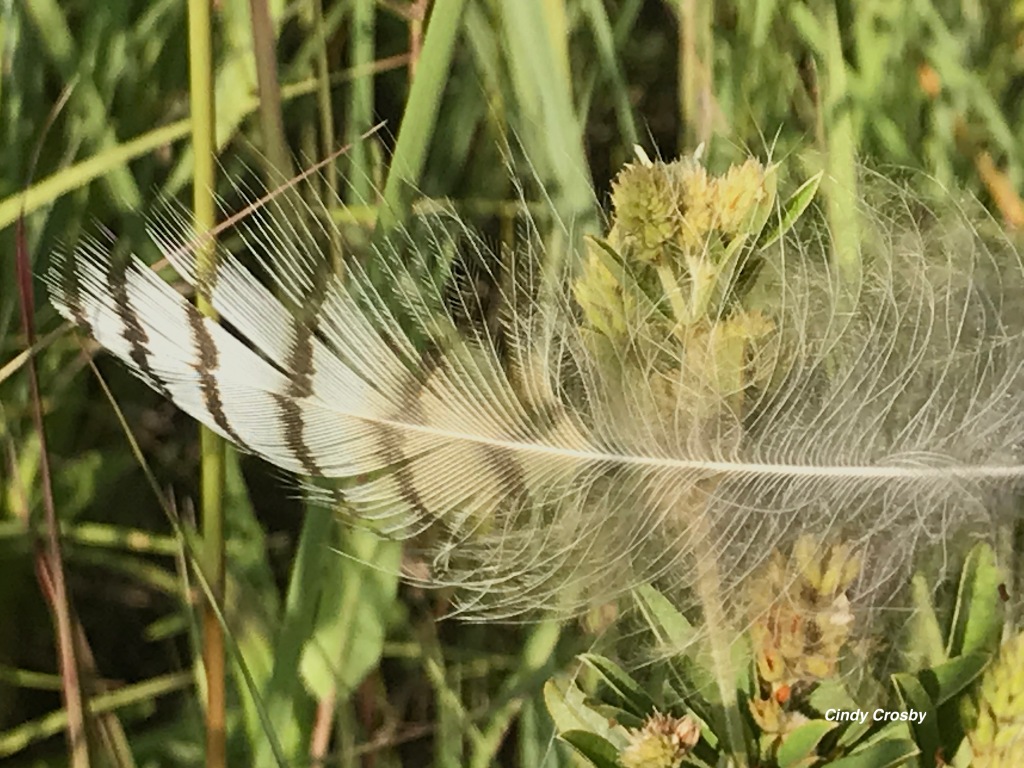
I is for Indigo, now going to black-podded seed. Will the weevils save any seeds for us? Difficult to know. This pod has been ransacked.

J is for Joe Pye Weed, that butterfly magnet on the prairie’s edges.

K is for Kankakee Sands, where bison roam.
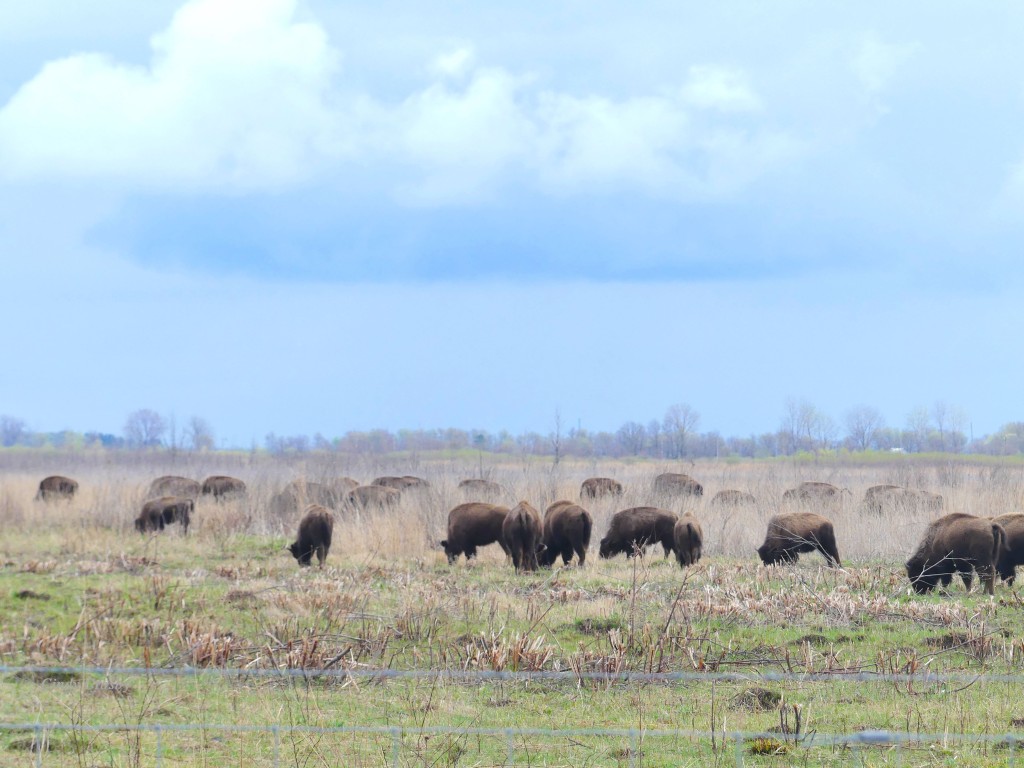
L is for Liatris, in full purple splendor this month.

M is for Monarch, the Midwest’s poster child for pollination and conservation. Glad they are having such a good year in Illinois.
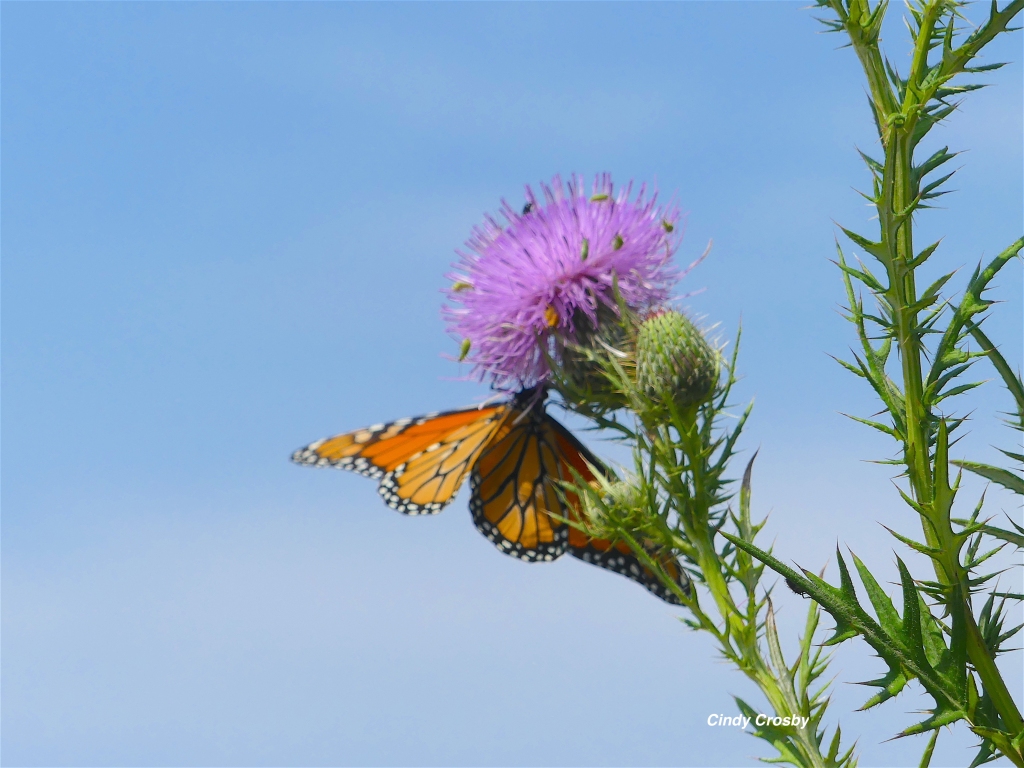
N is for New England Aster; the first blooms are all the buzz on the prairie.

O is for Oenothera biennis, the common evening primrose, that staple of every farm lane and roadside wildflower stand. It’s native and occurs in every county of Illinois.

P is for Prairie Dropseed. Love the smell? Or hate it? People are divided! I’m a fan.
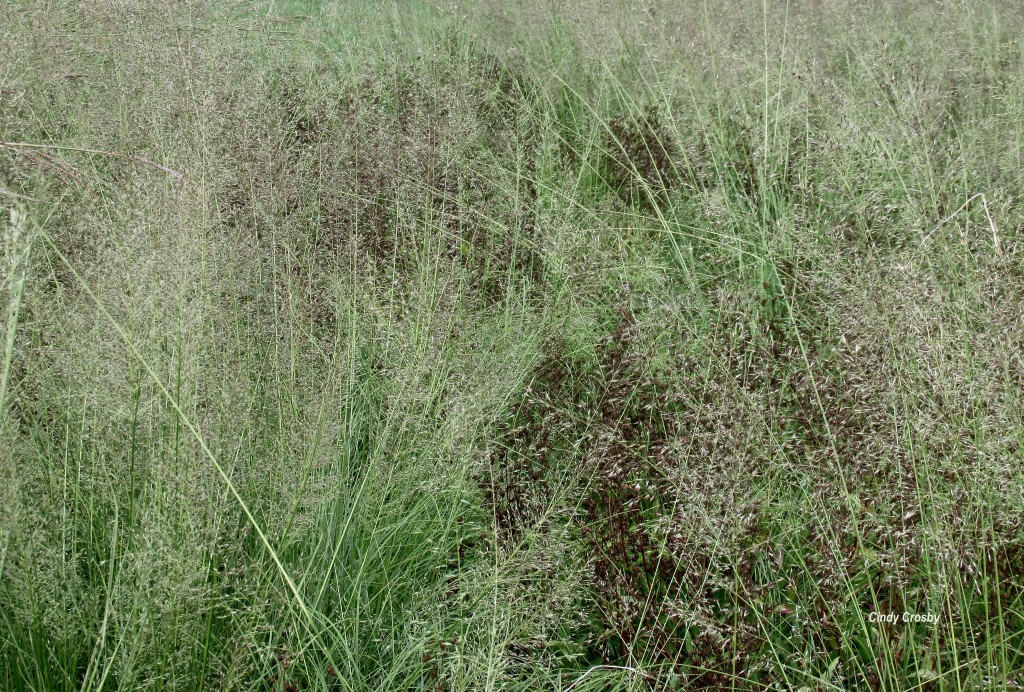
Q is for Queen Anne’s Lace, that pretty invasive that is celebrated in a Mary Oliver poem and the impetus for many volunteer workdays on the prairie.
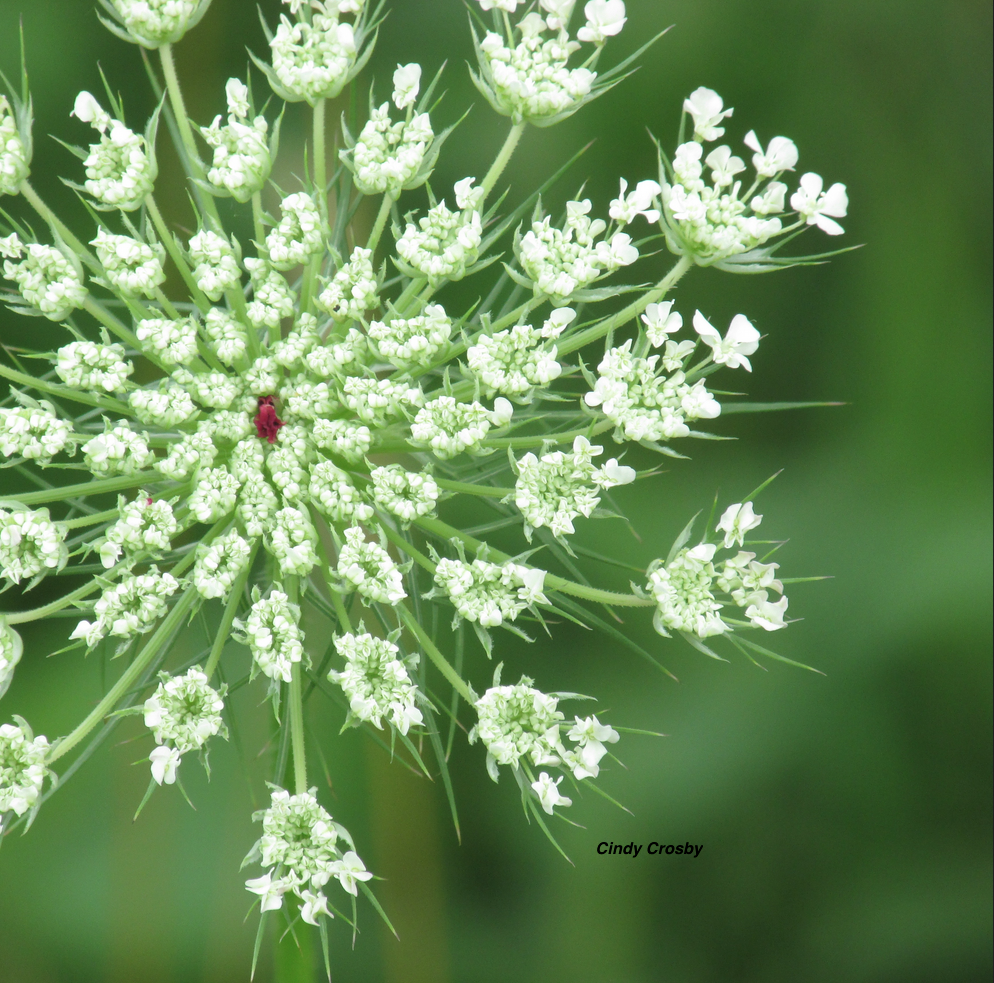
R is for Ragweed, an unwelcome native. Poor, innocent goldenrod! It often takes the rap for ragweed’s allergy-producing pollen. Aaaahhhhhh-choo! Although goldenrod isn’t completely innocent. It’s a take-over specialist on the tallgrass prairie.
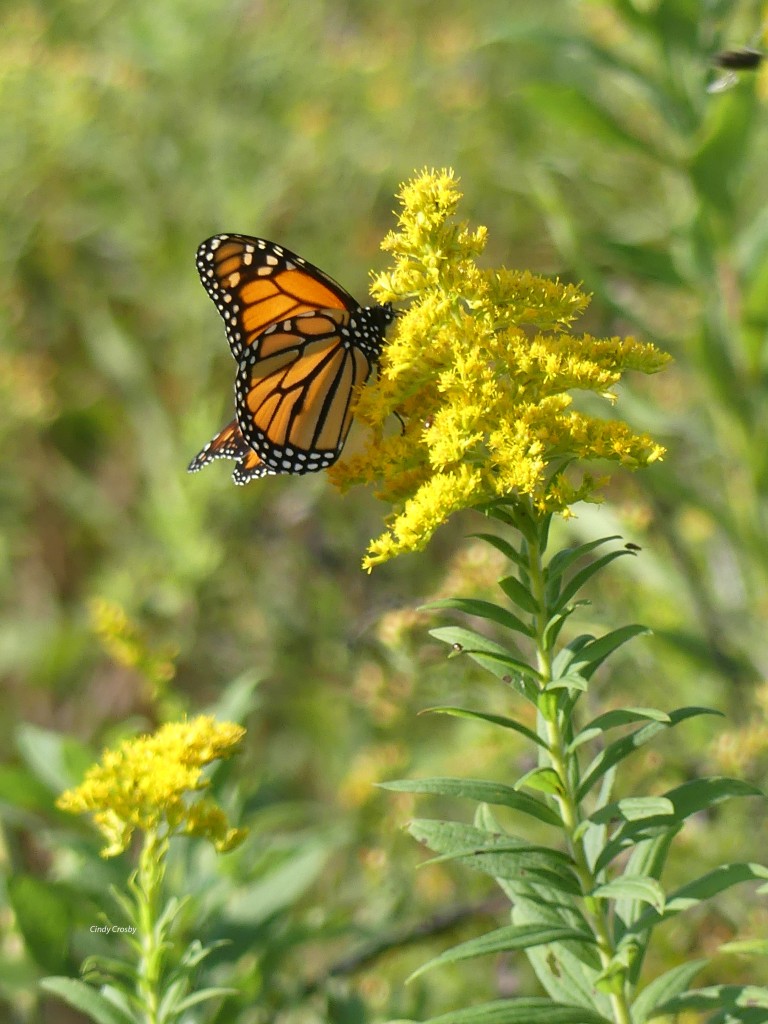
S is for Silphiums; the cup plant, prairie dock, compass plant, and rosin weed. They are having a banner year in my part of prairie country.
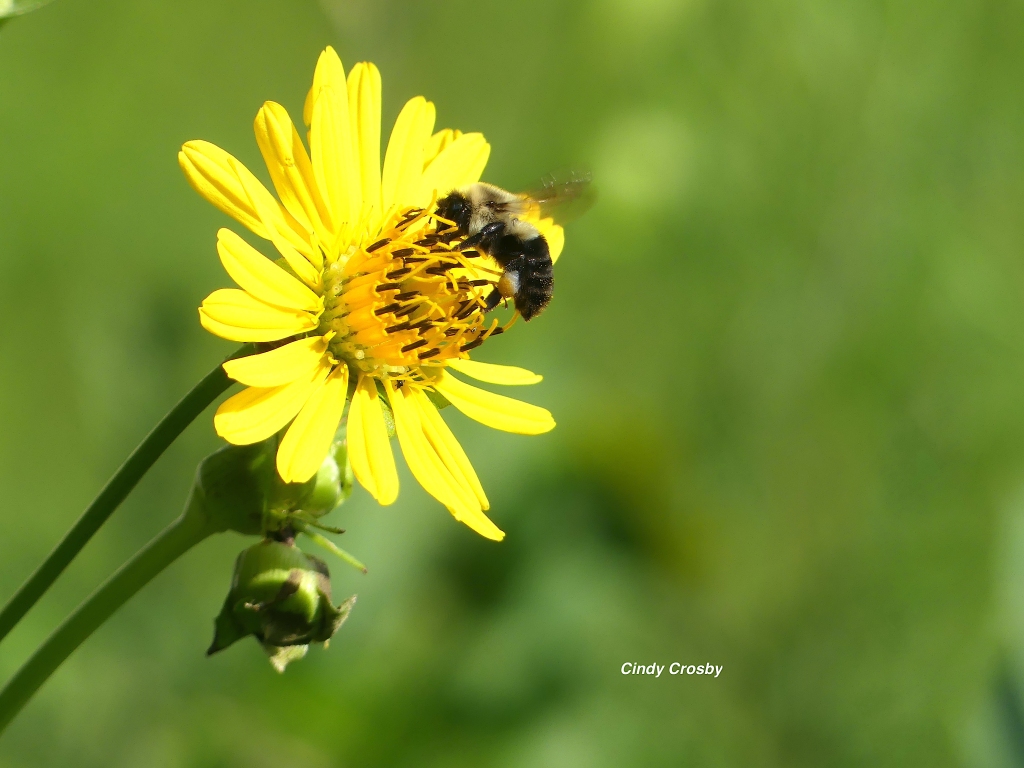
T is for prairie Trails, that lead to adventure.
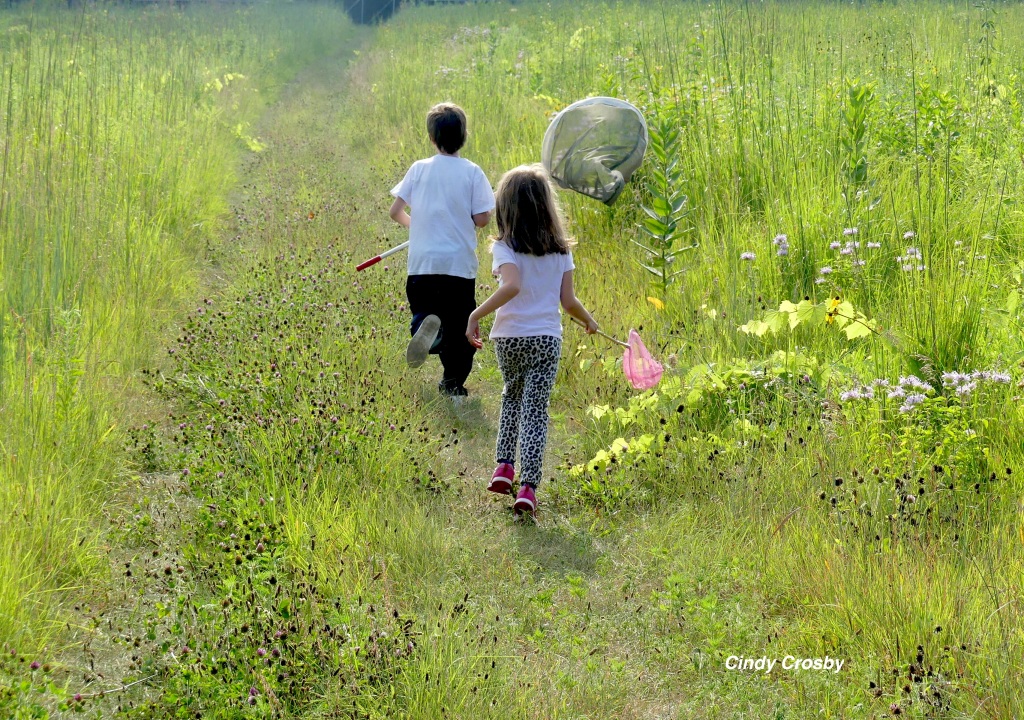
U is for Underground, where prairie roots plunge 15 or more feet deep, sequestering carbon. Like an upside-down forest.

V is for Vervain, both blue and hoary.

W is for Waterways; the ponds, streams, and rivers that cradle life on the prairies.
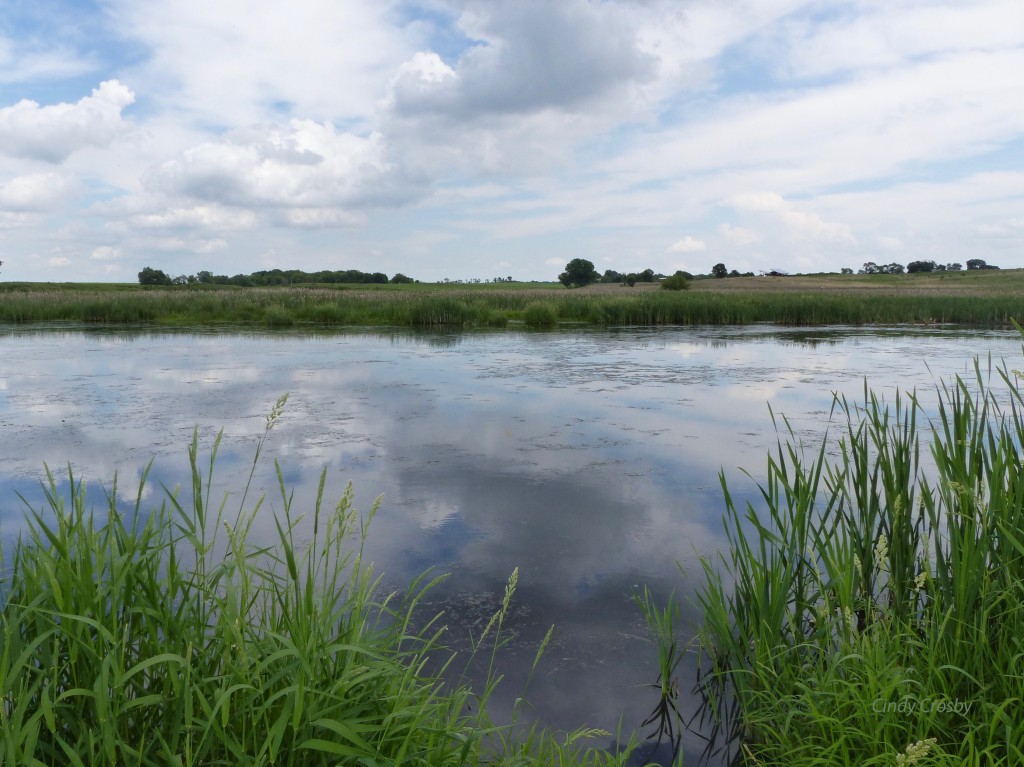
X is for sphinX moths, which pollinate rare plants like the eastern prairie fringed orchid. Here’s one enjoying a wild bergamot bloom.
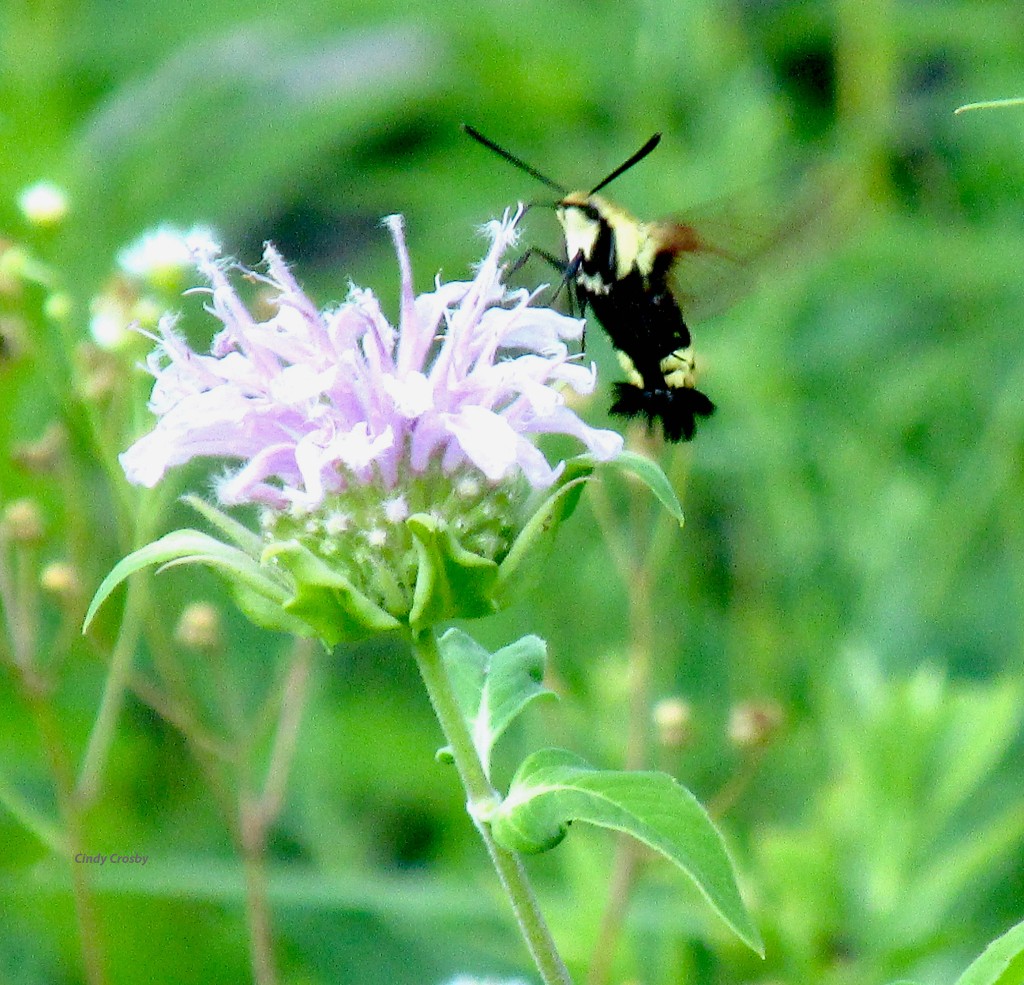
Y is for Yellow. The prairie is sprinkled with gold this month.
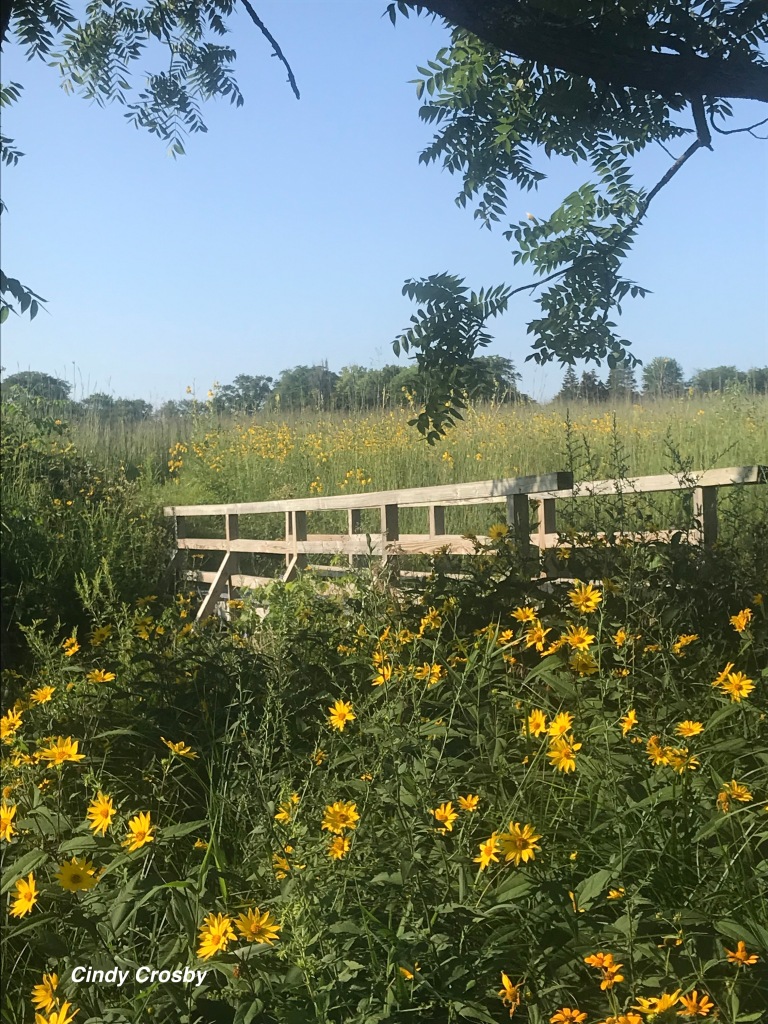
Z is for the Zip and Zag of black swallowtail butterflies, fluttering from flower to flower.

Now you know my August ABC’s. How many of these plants and prairie critters can you find on a prairie near you? What favorites would you add to my August prairie alphabet? Leave me a comment below, and let me know. Then go for a hike and see them for yourself.
*****
Dejan Stojanovic (1959-), whose quote opens this blog post, is a Serbian poet.
*****
Join Cindy for a class or program!
August 17, 7pm-8:30 pm —in person —“The Tallgrass Prairie: Illinois Original Garden” Bloomingdale Garden Club, Bloomingdale, IL. Please visit http://www.bloomingdalegardenclub.org/events-new/ for more information and Covid safety protocol for the event and for current event updates.
September 9, 9:30-11 am– in person–“The Tallgrass Prairie: Illinois Original Garden” Oswego Hilltoppers Garden Club, Oswego Public Library. Please visit the club’s Facebook page for guest information, event updates and Covid protocol.
New to the prairie? Want to introduce a friend or family member to the tallgrass? Check out The Tallgrass Prairie: An Introduction (Northwestern University Press). No jargon, no technical terms — just a fun guide to navigating prairie hikes and developing a deeper relationship with the beautiful grasslands that make the Midwest special.
